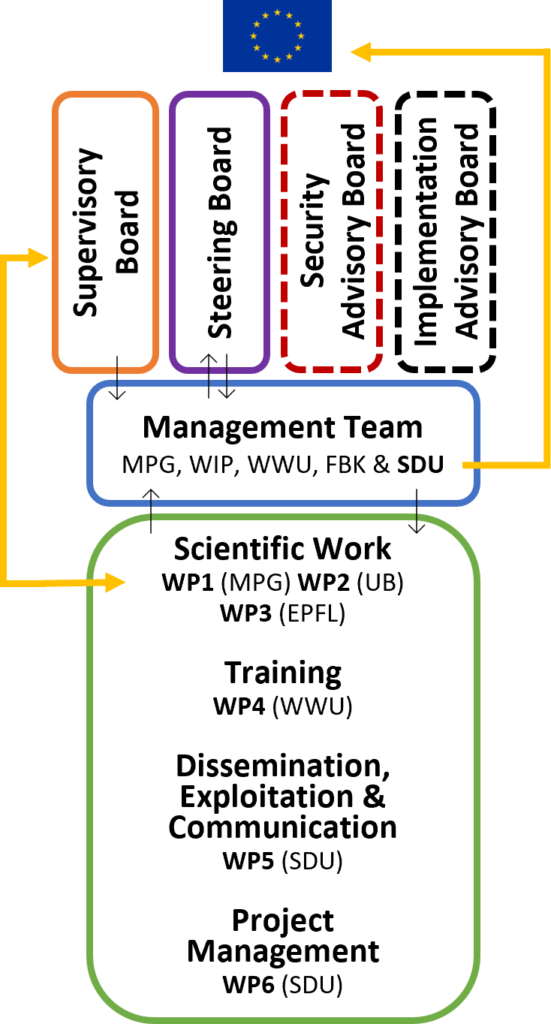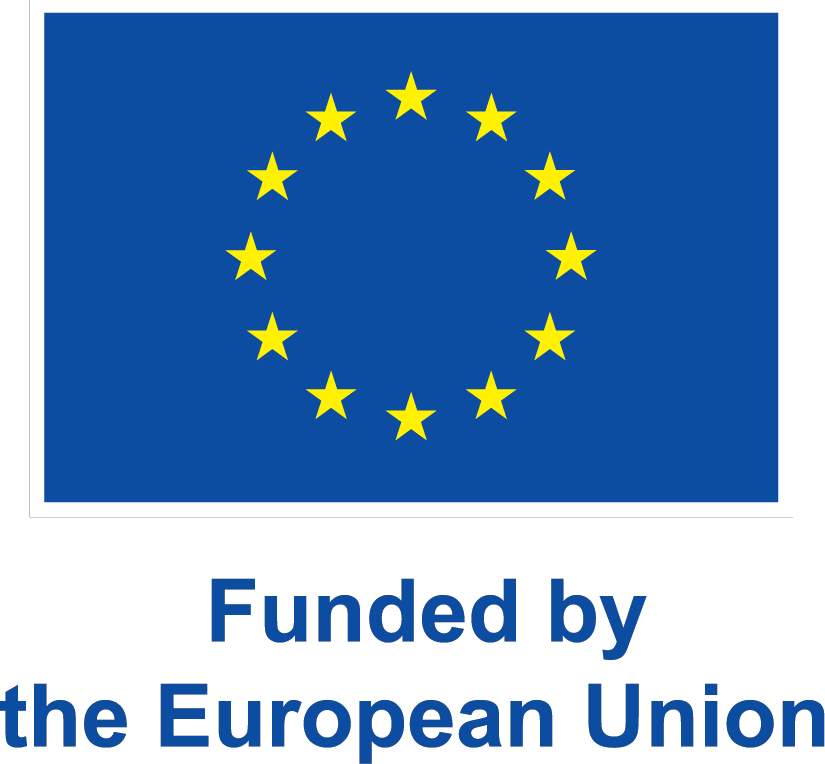Organisation
The network’s organisational structure has been designed to facilitate a successful implementation of the research and training program, achieve the training goals of the network, manage known risks and unexpected challenges, and ensure proper and timely management of the project. The figure on the right illustrates the network’s organisational structure and the information and task flows between the different boards, teams, and work packages (WP). The scientific work takes place in WP 1-3, while the training related activities are all allocated to WP 4. It is the task of WP 5 to continuously disseminate, promote, and communicate the activities in the network as well as the findings of the PhD projects. WP 6 is concerned with the general coordination and management of the network. In practice, information and progress reports flow from the WP-leaders to the Management Team, who in turn sends tasks, input, and advice received from the boards back to the WP-leaders. You can read more about the boards and their function in this section. WP 7 is anchored with the Security Advisory Board.
Project Management
As Project Coordinator of WildDrone, SDU is responsible for accurate and timely administration to the EU as required by the MSCA DN regulations. In practice, Coordinator and Professor Ulrik Pagh Schultz Lundquist is supported by a large administrative team at SDU that provides support and advice in relation to a diverse range of tasks such as financial management, recruitment efforts, Grant Agreement administration, gender equality awareness, communication and dissemination of results, event planning, and adherence to legal obligations.

7 Work Packages
The network has a total of 7 work packages. The work packages center on the scientific research, training, dissemination, exploitation, communication, project management, and security.

WP 1 - Automated Wildlife Tracking for Conservation Practice
Research innovative applications of ecology science for drone-based nature conservation practices.

WP 2 - Safe and Flexible Drone Operations
Innovate drone design, operations, and control.

WP 3 - Effective Computer Vision for Conservation
Develop computer vision techniques focusing on vision-based control, tracking, animal censuses and individual characterization.

WP 4 – Training
Establish network-level training, secure effective supervision, and facilitate educative secondments for the doctoral candidates.

WP 5 - Dissemination, Exploitation & Communication
Raise awareness about the nature conservation impact of an interdisciplinary approach using drones, computer vision, and ecology.

WP 6 - Project Management
Ensure correct and timely management of the network and progress monitoring.

WP 7 - Security Recommendations
Monitor security-related issues and present advice and preventative measures.

Get in touch
Contact us on WildDrone@sdu.dk



WildDrone is an MSCA Doctoral Network funded by the European Union’s Horizon Europe research and innovation funding programme under the Marie Skłodowska-Curie grant agreement no. 101071224. Views and opinions expressed are those of the author(s) only and do not necessarily reflect those of the European Union or the European Commission. Neither the EU nor the EC can be held responsible for them.
